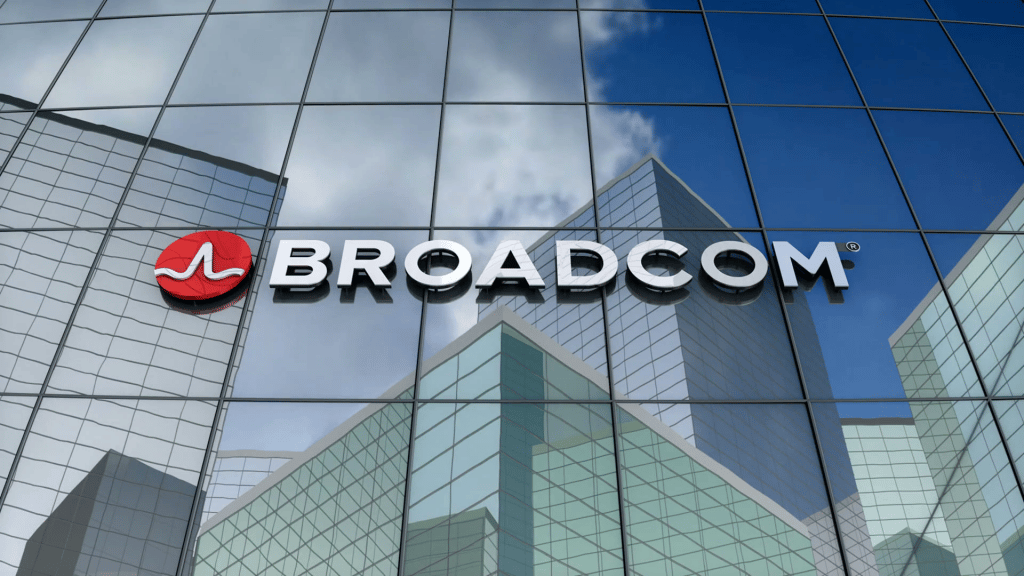Data Center Infrastructure Management (DCIM) is making slow but steady progress in the enterprise, a testament to the twin facts that while organizations do want to reduce their energy consumption, there are limits as to how far they are willing to go to achieve results.
DCIM pulls both data and facilities management under a single interface, allowing for better coordination between workloads and the power required to keep the bits flowing. While simple in concept, this often proves rather difficult in execution considering it must operate on a highly granular level in the presence of some very entrenched, and usually highly customized, legacy management systems.
According to one report, however, the DCIM market will grow at a 14.68 percent compound annual rate between now and 2020, which is not quite as robust as some of the other technology initiatives hitting the enterprise but is still respectable from a historical standpoint. One of the key drivers is the adoption of containerized data infrastructure – not the virtualized container variety but actual shipping containers that are being retrofitted with self-contained compute, storage, networking and power to provide easily deployable, modular data centers. DCIM can be more easily implemented on these types of greenfield deployments than in centralized, silo-laden data facilities.
Another prime mover for DCIM technology is the federal government, says Energy Manager Today’s Carl Weinschenk. Under the Data Center Optimization Initiative (DCOI) agencies are compelled to deploy DCIM software as a means to conserve energy, and this will provide a wealth of experience for non-governmental organizations to draw upon. Anthony Bonaventura, governmental director at power management firm Raritan, said that DCIM’s focus on energy metering, automation and real-time data capture and analysis makes it invaluable to reducing energy consumption across the entire data chain.
DCIM is also proving highly adept at maintaining cohesion across virtualized data environments, which can actually prove detrimental to resource utilization if not managed properly. CommScope’s Dick Philips says DCIM provides the visibility needed to offload IT resources to the most efficient regions within physical infrastructure, which not only provides better heating and cooling distribution but improves the lifecycle of hardware as well. Ultimately, this helps guard against server and network failure by providing insight into their physical states and maintaining a steady, stable virtual landscape across disparate resources.
With all these benefits, however, what is preventing more enterprises from pulling the trigger on DCIM? For one thing, as mentioned above, the technology is complex and presents a number of challenges when deployed on legacy infrastructure. But as IDC’s Jennifer Cooke explained to Data Center Knowledge earlier this year, the ongoing shift to software-defined infrastructure may also be acting as an inhibitor since organizations are loath to implement a solution that may very well become a common facet of abstract data architectures a few years from now. At the moment, few DCIM platforms have the tools to accommodate this digital transformation, so it remains unclear how well they will fit into an end-to-end virtual data stack. At the same time, much of the enterprise workload is shifting to co-located and cloud-based infrastructure, reducing the need to implement complex energy-saving solutions in the local data center.
Ultimately, all IT infrastructure is likely to blend together into an integrated virtual, abstract, software-hardware paradigm, for lack of a more descriptive term, in which resources, data, power and everything else needed to support digital activity are available on a federated, fungible and largely transparent basis.
It may require some effort, but at least the enterprise industry knows where it’s going.
Arthur Cole writes about infrastructure for IT Business Edge. Cole has been covering the high-tech media and computing industries for more than 20 years, having served as editor of TV Technology, Video Technology News, Internet News and Multimedia Weekly. His contributions have appeared in Communications Today and Enterprise Networking Planet and as web content for numerous high-tech clients like TwinStrata and Carpathia. Follow Art on Twitter @acole602.










